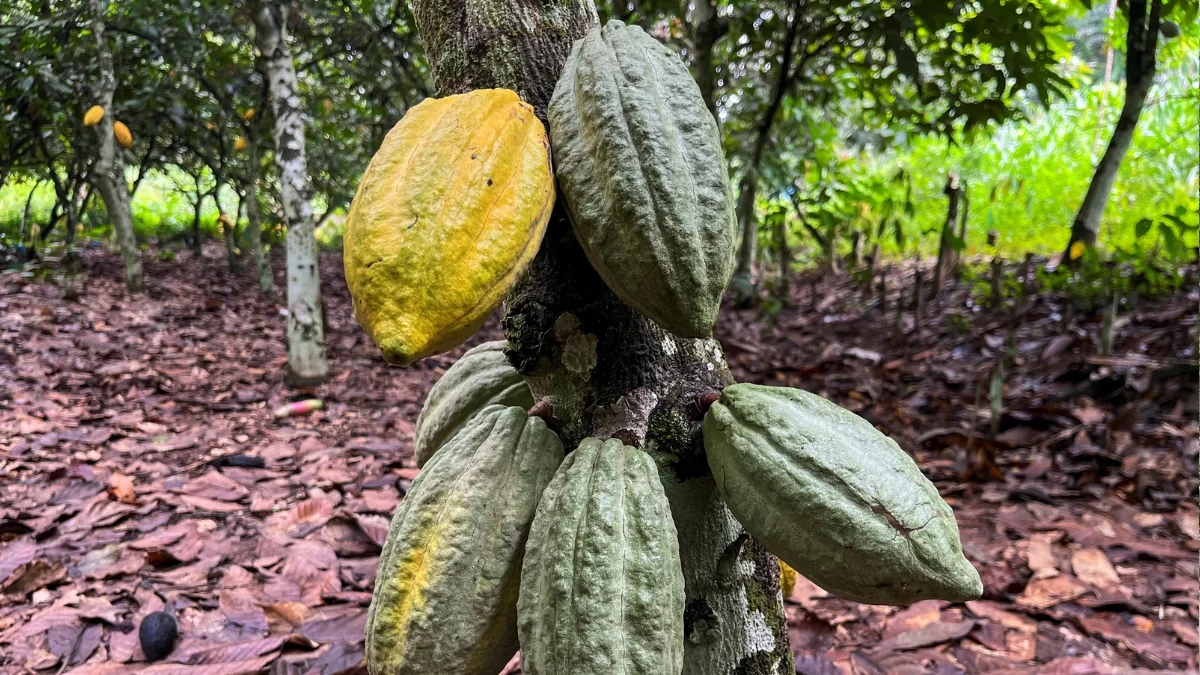Summary
- Cocoa arrivals were seen at around 900,000 T by December
- Farmers say prolonged rainfall impacts crops
- Total cocoa output for the season was seen at around 1.9 mln T
Cocoa volumes arriving at Ivory Coast ports are predicted to plummet by 28.5% year-on-year in the initial three months of the 2023/2024 season, primarily because of unpredictable weather conditions. This forecast has been echoed by cocoa farmers, exporters, and pod counters.
As the world's foremost producer of cocoa, Ivory Coast has commenced its new harvest season, with the primary cocoa crop scheduled for harvest from October to March.
The decline in cocoa arrivals has been attributed to an expected reduction in farm output, largely stemming from late and excessive rainfall. The impact of these erratic weather patterns has been especially evident in the cocoa belt region.
Challenges in cocoa growing regions include premature pod yellowing and brown rot fungal disease due to the heavy rains.
A cocoa pod counter revealed, “Our counts, and analysis of our data, forecast a main crop production of around 900,000 metric tons for October-December, and around 500,000 tons for the January-March period.” However, achieving these figures is contingent upon no further disruptions to farming.
In comparison, during the 2022/2023 season, arrivals during the October-December period amounted to approximately 1.259 million tonnes.
Concerns loom over the potential continuation of the El Niño weather event impacting output in the 2023/24 season. This has driven global cocoa prices to their highest levels since 1977.
Analysts are anticipating a challenging season ahead. The head of a European export company remarked, “The harvest is not late.
There is simply not enough cocoa at the moment, and it is going to be a difficult season.”
Cocoa farmers in Ivory Coast expressed their experiences, with one farmer, Ousmane Diawarra, noting a significant drop in his cocoa harvest.
“Last year, I already had nine 70 kg bags of cocoa in September, and I was able to make three other big harvests between October and December, but this year I have one bag and I am thinking of making a harvest in October and another in November, but I don't see anything for December,” he said.
Exporters and pod counters anticipate that Ivory Coast's annual cocoa output for this season will be approximately 1.9 million tons, compared to nearly 2.3 million tons last season.
However, they remain cautious about output during the April-September mid-crop, which constitutes 30% of the country's total annual production.
While challenges persist, the cocoa industry closely monitors weather patterns and their impact on cocoa production, recognizing the global significance of this commodity.
- Reporting by Ange Aboa Writing by Bate Felix Editing by Adewale Adejoke









